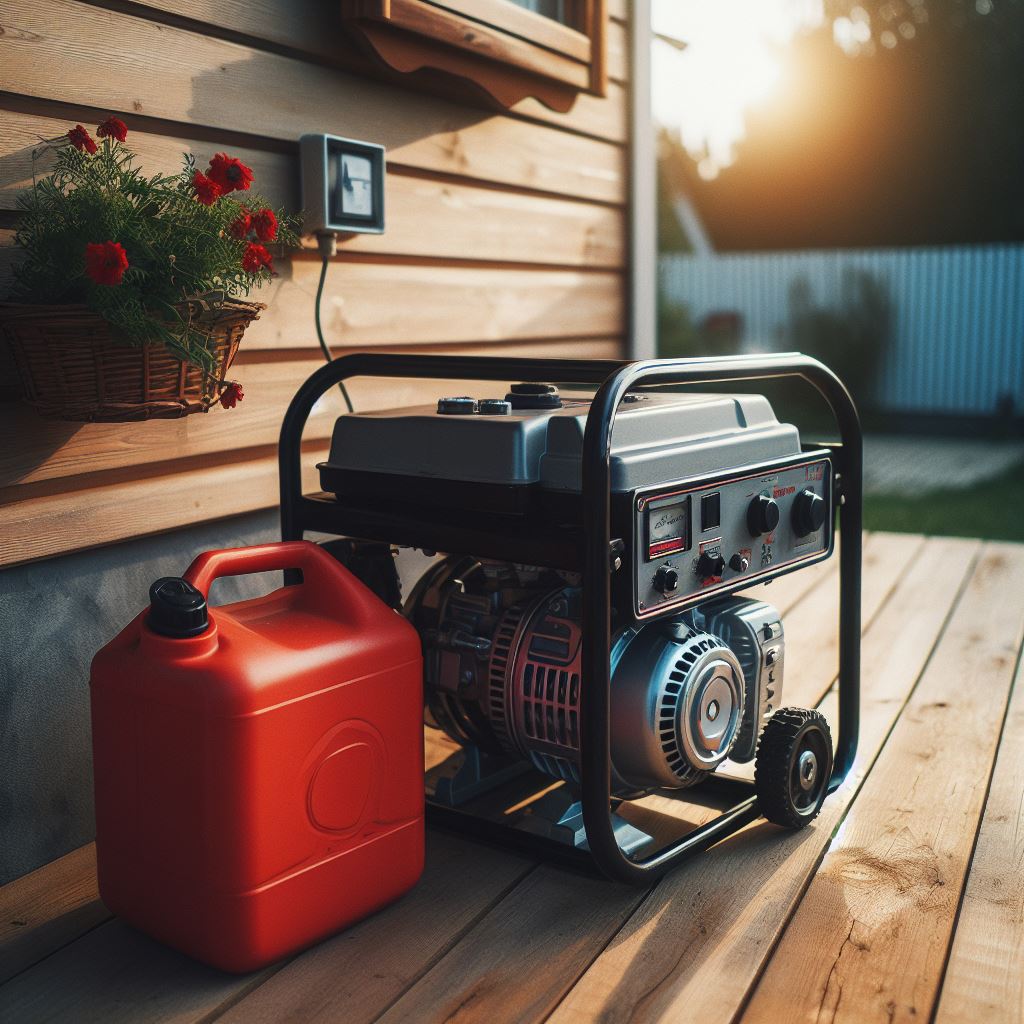Generators are modern marvels, providing us with a lifeline during power outages or off-the-grid adventures. However, not all appliances and devices are created equal, and understanding what you should and shouldn’t run on generator power is essential to both your safety and the longevity of your generator. In this blog, we’ll embark on a power-packed journey, exploring the do’s and don’ts of generator usage.
What You Should Run:
Essential Appliances:
Start with the basics. Your generator is well-suited to power essential appliances like refrigerators, freezers, and medical equipment. Keep your perishables safe and ensure that critical health devices remain operational.
Lighting:
Illuminate your space with energy-efficient LED or CFL bulbs. Lighting is not only practical but also crucial for safety during power outages. Use strategically placed lamps or overhead lights to make the most of your generator’s capacity.
Heating and Cooling Devices:
During extreme weather conditions, your generator can power heating or cooling devices like space heaters, fans, or portable air conditioners. Be mindful of the power requirements and wattage of these appliances to avoid overloading your generator.
Communication Devices:
Keep the lines of communication open by charging your phones, laptops, or other essential electronic devices. A generator ensures you stay connected and informed, especially during emergencies.
Home Security Systems:
Maintain the security of your home by running essential security systems, such as alarms and surveillance cameras. This is crucial for peace of mind during power outages.
What You Shouldn’t Run:
Large Appliances Simultaneously:
Be cautious about running multiple large appliances simultaneously. Items like washing machines, dryers, and electric stoves can have high wattage requirements. Running them together may overload your generator and lead to malfunctions or damage.
Sensitive Electronics without Protection:
While it’s convenient to charge your electronics, avoid plugging in sensitive devices directly into the generator without surge protectors. Voltage fluctuations can damage computers, TVs, and other electronics.
Central Air Conditioning Systems:
Resist the temptation to power your entire central air conditioning system with a portable generator. The high starting wattage and continuous power requirements can strain most generators beyond their capacity.
Non-Essential Appliances:
It’s important to prioritize. Avoid running non-essential appliances like coffee makers, toasters, or entertainment systems during a power outage. Save your generator’s capacity for essential needs.
Unvented Combustion Appliances Indoors:
Generators emit carbon monoxide, a colorless and odorless gas that can be deadly. Never run unvented combustion appliances like gas-powered generators indoors or in enclosed spaces. Always operate generators in well-ventilated areas to prevent carbon monoxide poisoning.
Safety Tips:
Outdoor Use Only:
Always operate your generator outdoors in a well-ventilated area. Generators emit harmful gases, including carbon monoxide, which can be lethal in enclosed spaces.
Regular Maintenance:
Keep your generator in peak condition by adhering to a regular maintenance schedule. Change the oil, replace filters, and inspect for any signs of wear.
Proper Fuel Storage:
Store fuel in approved containers and follow proper safety guidelines. Ensure the fuel is stored in a cool, dry place away from living spaces.
Know Your Generator’s Limits:
Familiarize yourself with your generator’s wattage capacity and adhere to it. Overloading the generator can lead to malfunctions and damage.
Generators are powerful tools that can be a lifesaver during power outages, but using them responsibly is key. By understanding what you should and shouldn’t run on generator power, you can maximize its effectiveness, ensure your safety, and prolong the life of this essential backup power source. So, power up responsibly and embrace the convenience and security that a well-utilized generator can provide.

